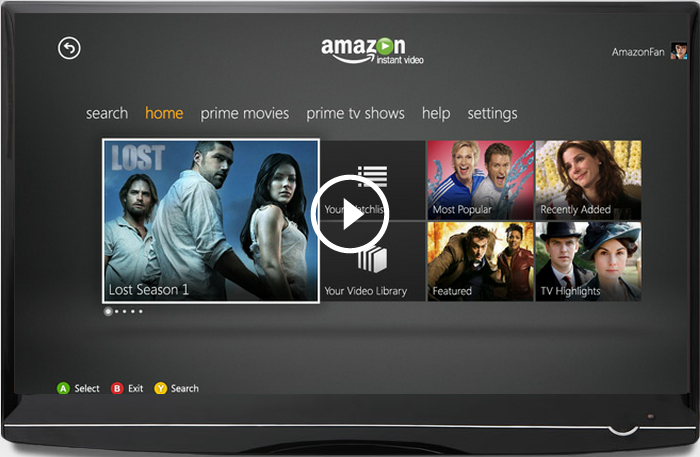Project 1 featured using an established brand and adjusting that style to implement an auxiliary brand.
Project 2 we took an established artist/performer/sports figure..., who at one time had an established personna, or an reputation that developed into a "unseen" brand or style (well, it may have been branded after the fact) and implemented it with a 21st century appeal.
and
Project 3 we are now also looking to find an similar variable between a well-renouned director and his work(s), implanting a brand to his or her style in poster form.
(BTW: I found this site around creating a brand identity and some very straight forward approaches when you do... https://codemyviews.com/blog/how-to-find-or-create-your-brand-personality )
These have all been a challenge but what I think can even be more challenging is branding ourselves as designers. Who are you? What do you say through your work? What is the goal of your work? What separates you from the rest?
I think that finding your own voice, or your own brand can be one of the hardest things that we have to do, and I have found it to be revolving door.
Since we as humans constantly change in many aspects of our lives, our experiences, beliefs, relationships, work, it may be hard to even grasp what this could be.
But at the end of the day we are striving to contribute and tell our story through our work and we want that to be heard but how to start this process?
What is a Personal Brand?
Even in the creative services industry, the meaning of the word “Brand” or the concept of “Branding,” can differ from person to person. The simplest and most common definition is this: “Your brand is what people think and say about you. It is the values that are associated with you and what you do or provide.”
Think of the first three words that come to mind when you think of Apple. Those three words are the impression that you have of their brand. That impression has been reinforced by the content they have created and presented to you, as well as your personal experiences with their products.
- Identify three words that you want associated with you and the work that you produce.
- Identify three words that you would like people to associate with your visual style.
- Finally, identify three words that you want people to associate with the experience of working with you.
These words are your brand values. These values frame the story of you and your brand.
Telling a Story That Matters to People
Developing your brand as a graphic designer is about the story that you want to tell about you, the work you produce, and how you deliver for your clients. In truth, it’s not about simply building a presence on social media and other public platforms, but about how you leverage them to tell your story.
Don’t forget to cater your story to your target audience. Consider what audience you’re trying to reach. Are you trying to reach other creative professionals? Or are you trying to reach potential clients within a specific industry?
Keep this in mind as a point of reference when deciding how to market and promote yourself. When crafting a marketing strategy, many individuals—and even companies—often do what “they would like” instead of identifying and meeting the needs of their target audience.
These considerations and strategies are all part of your interaction with the Content-Driven Economy. We are no longer simply consumers of physical products; we are consumers of media. We consume media for both entertainment or education. We either want to enjoy an experience, or we want to learn how to solve problems and build new skills.
- Create a design blog showcasing your work and your thoughts on the industry
- Submit your personal design work and art to magazines, blogs and online galleries
- Participate in graphic design forums, and design sub-reddits
Finding a Niche
Finding or studying something that you passionately enjoy or love to produce and running with that is a good start into the process of establishing yourself and your brand.Does anyone else have any ideas or questions supporting these ideas?
Thanks!







